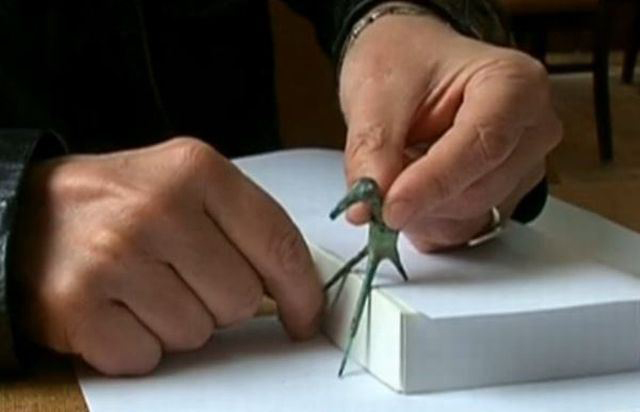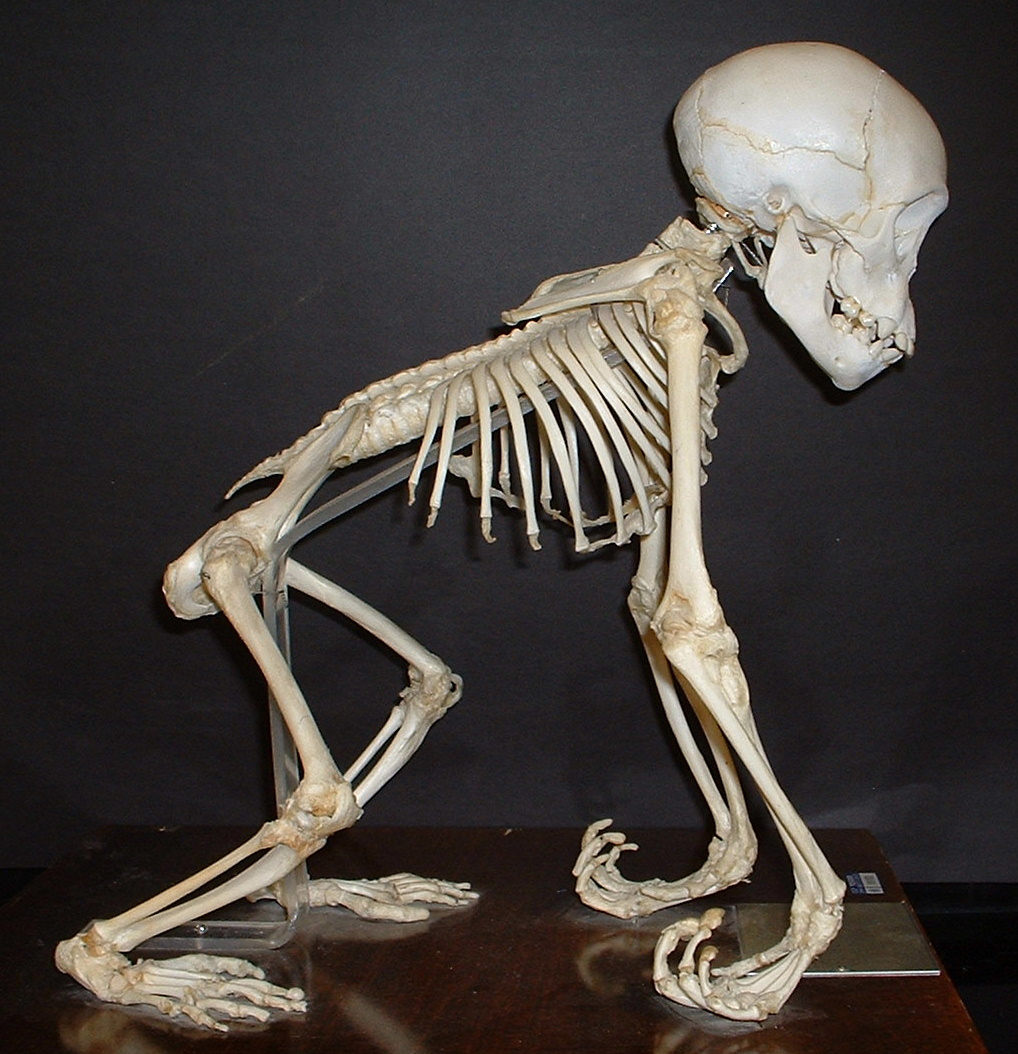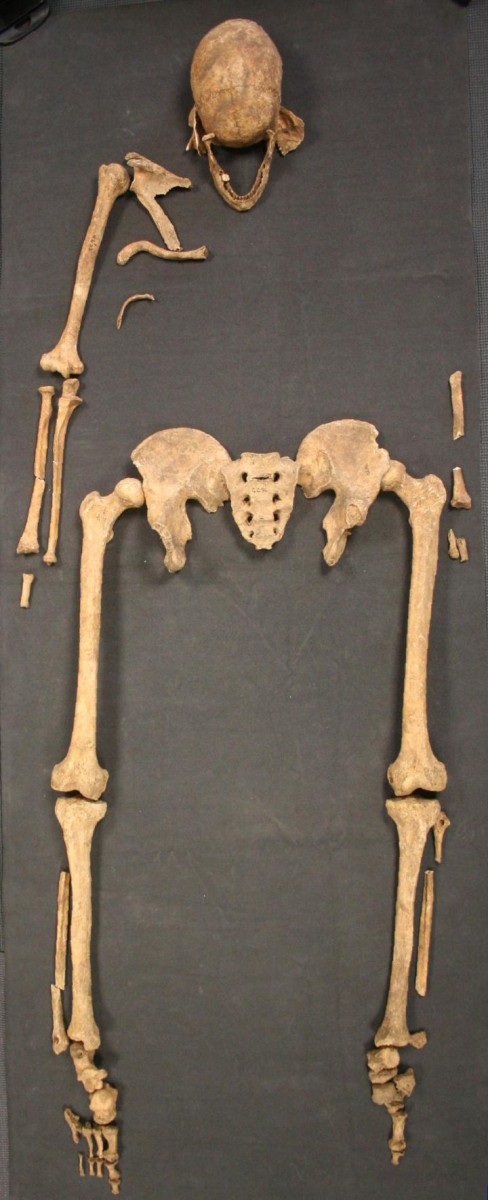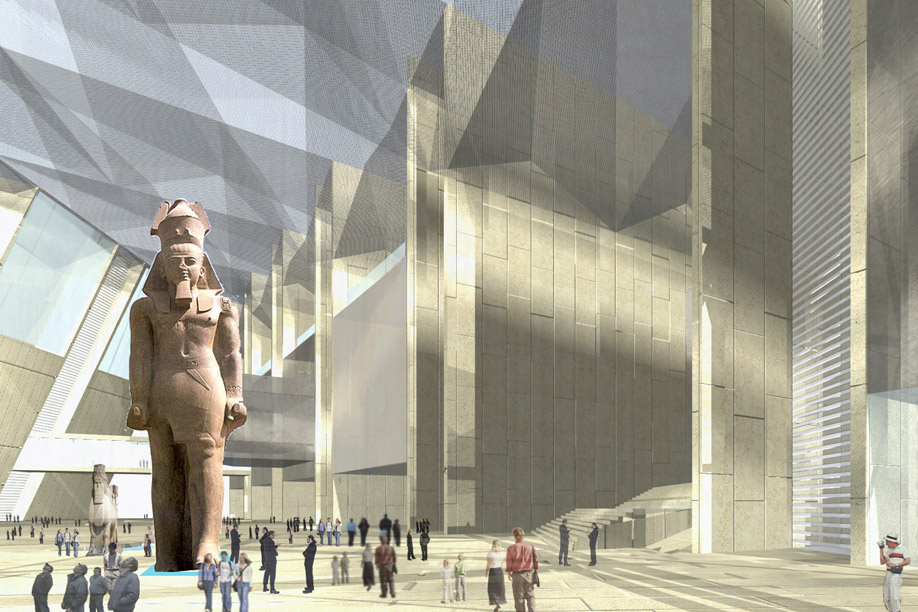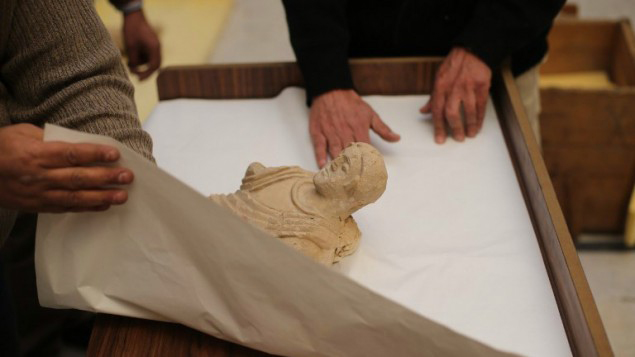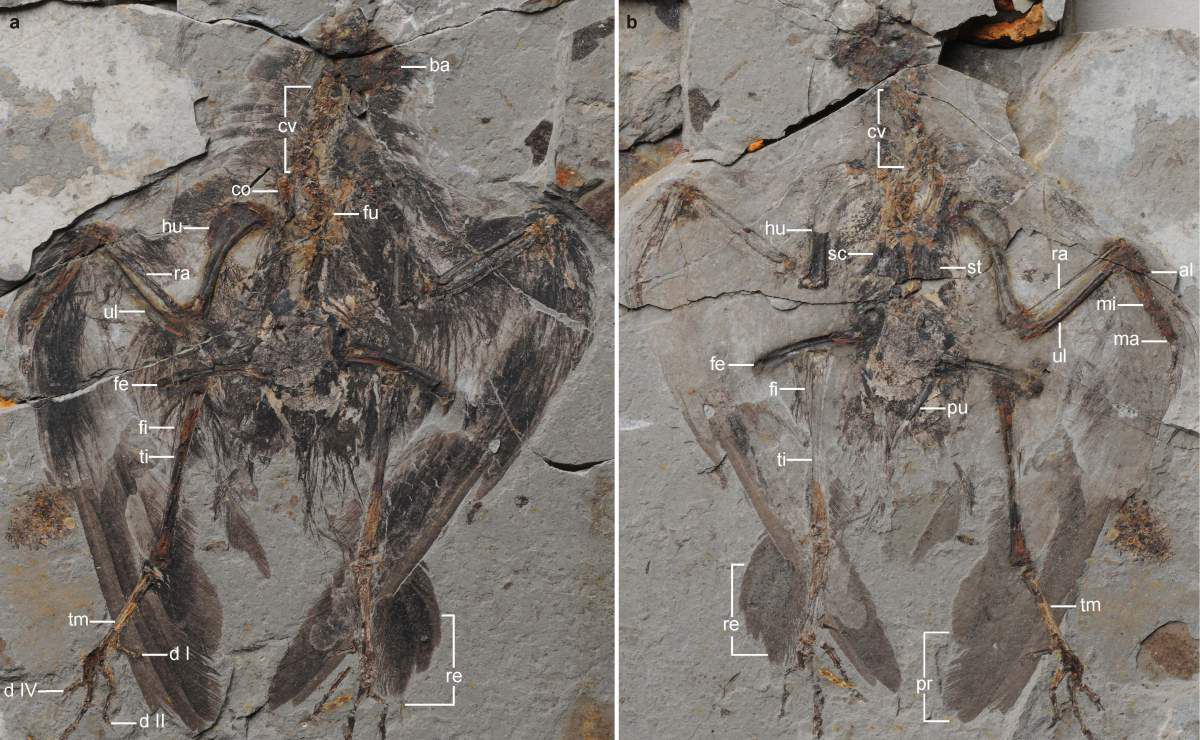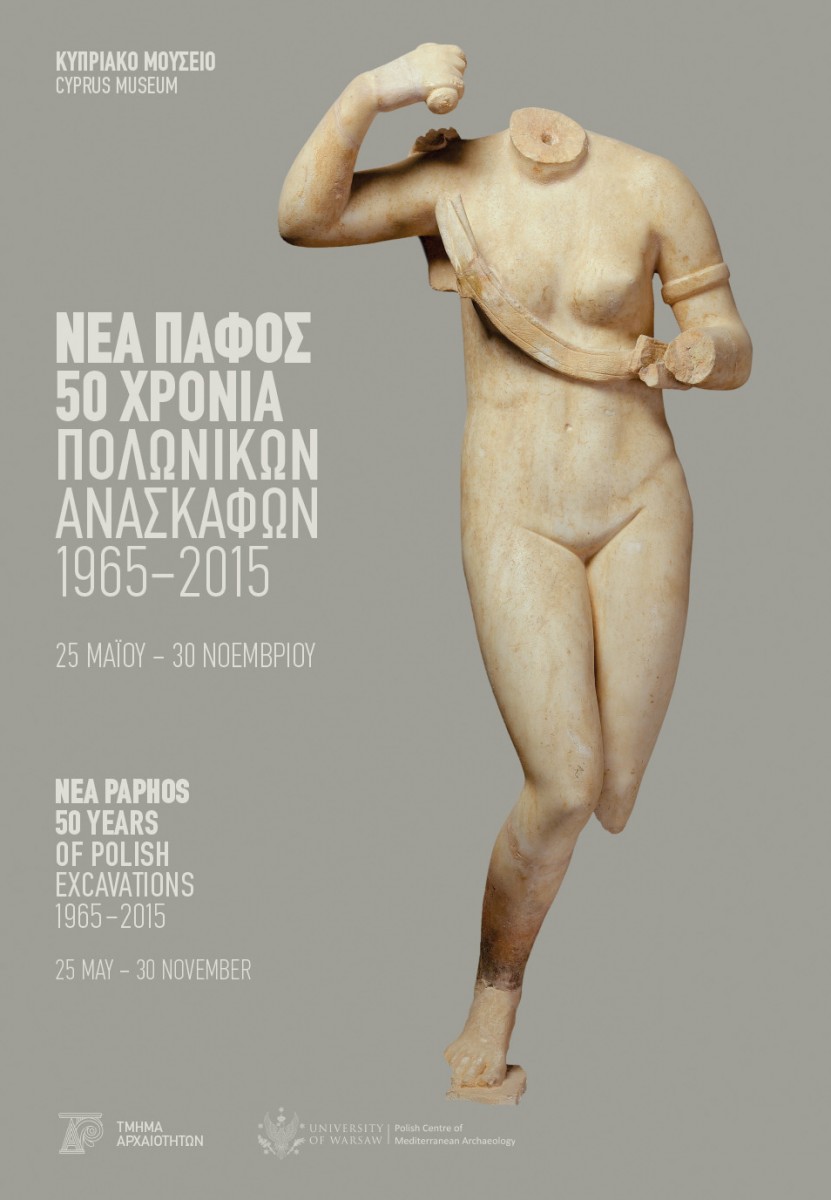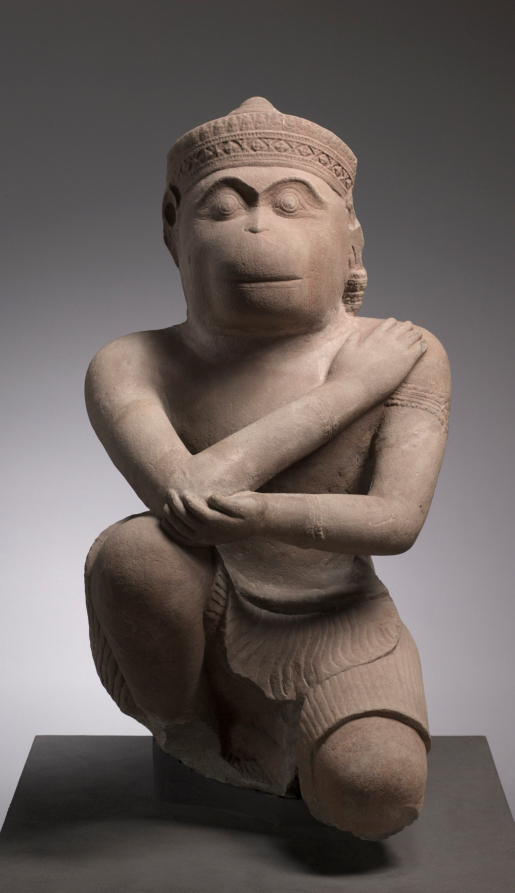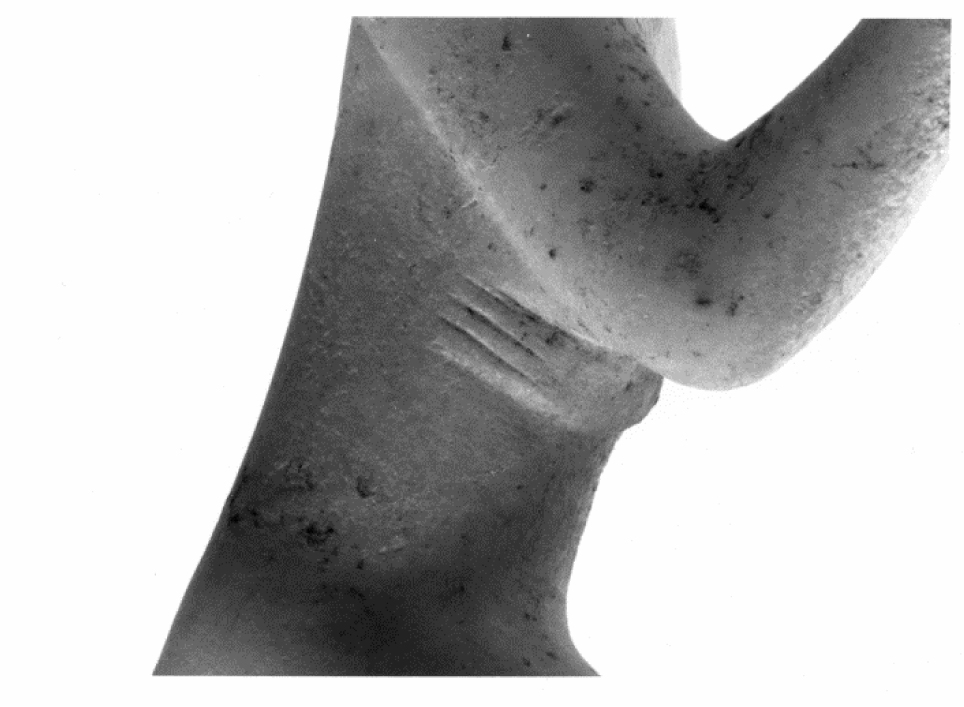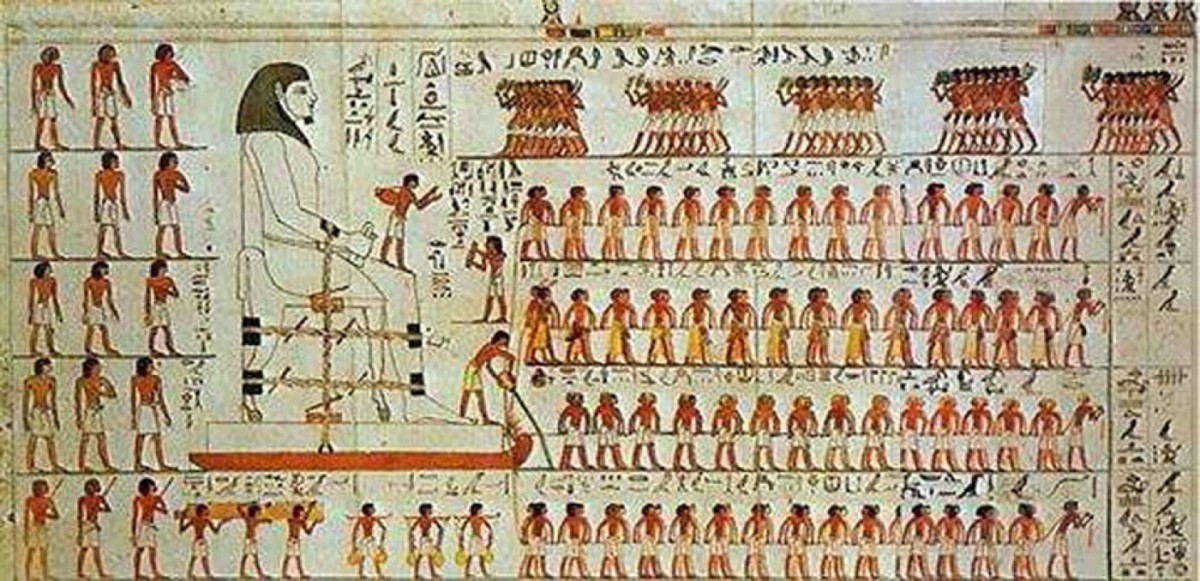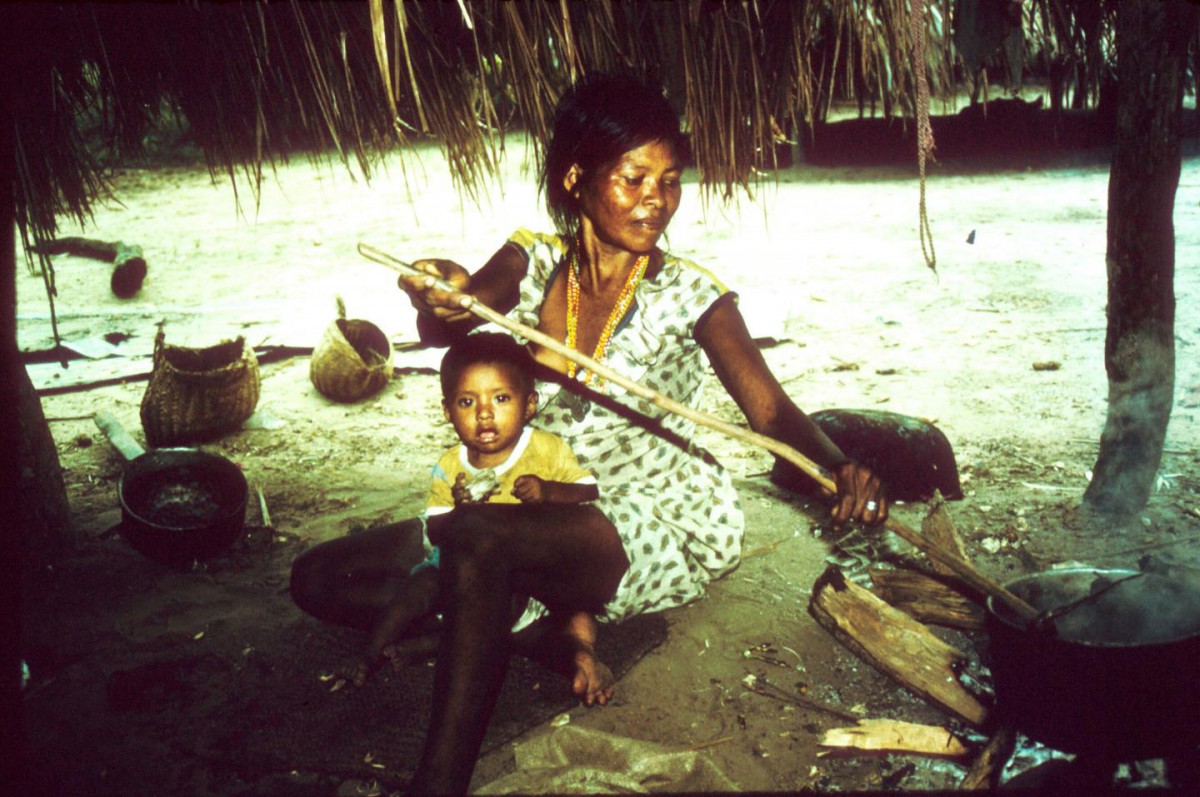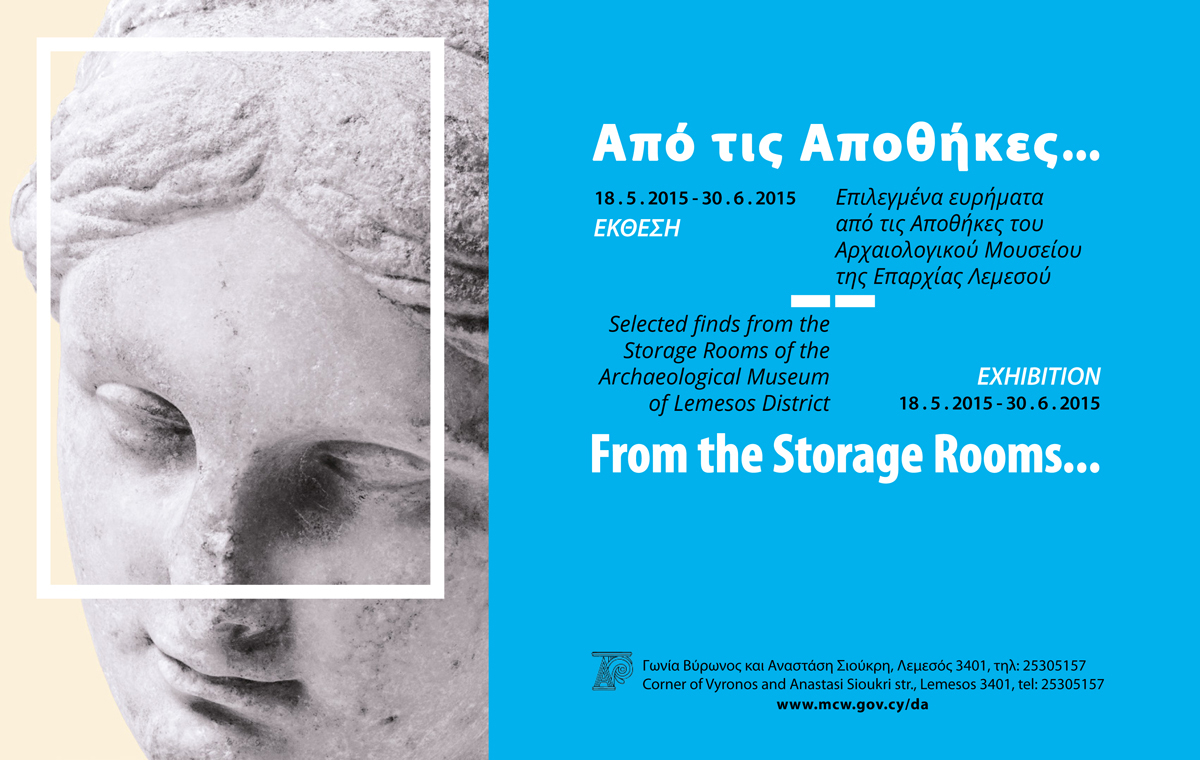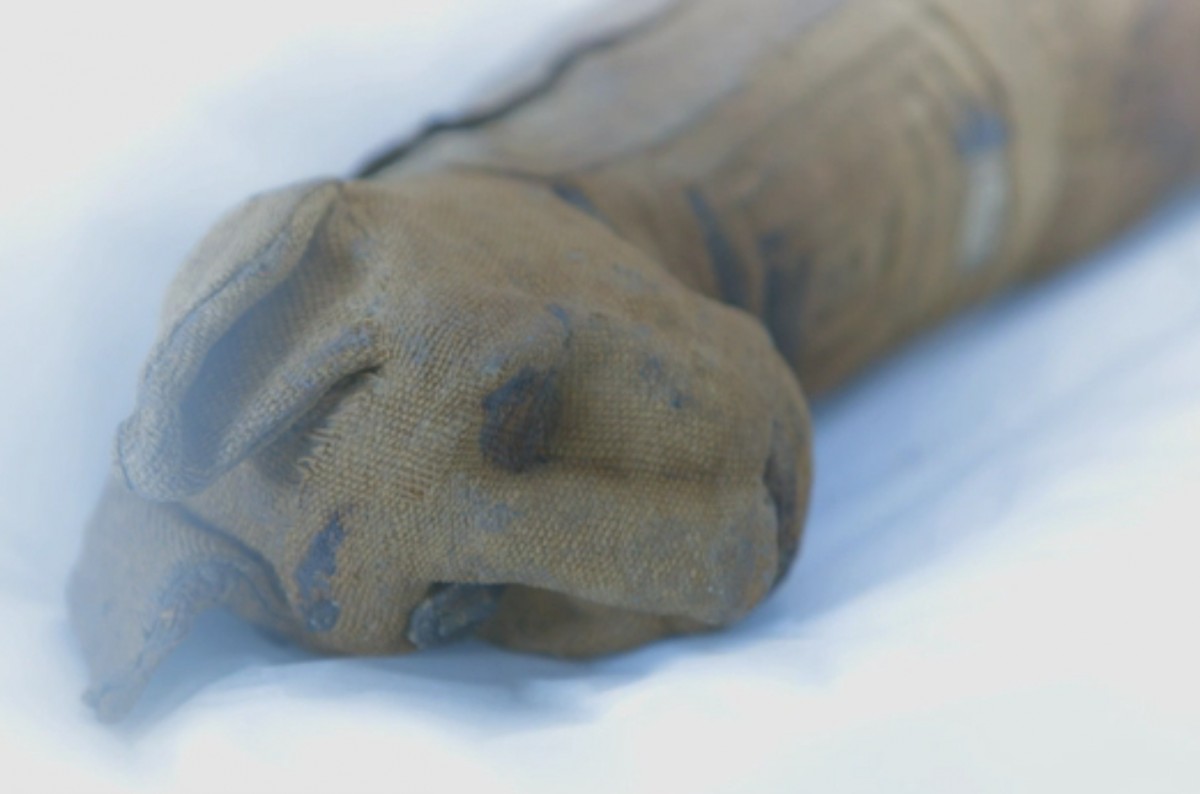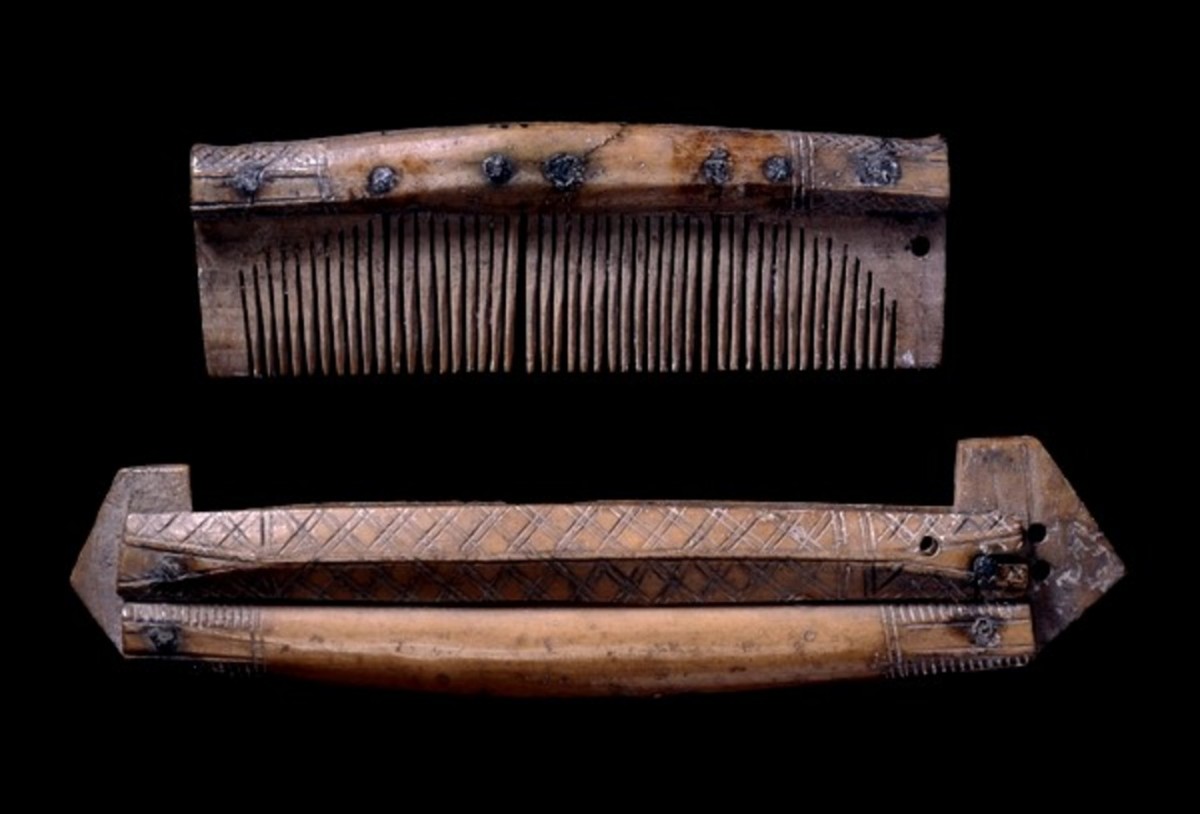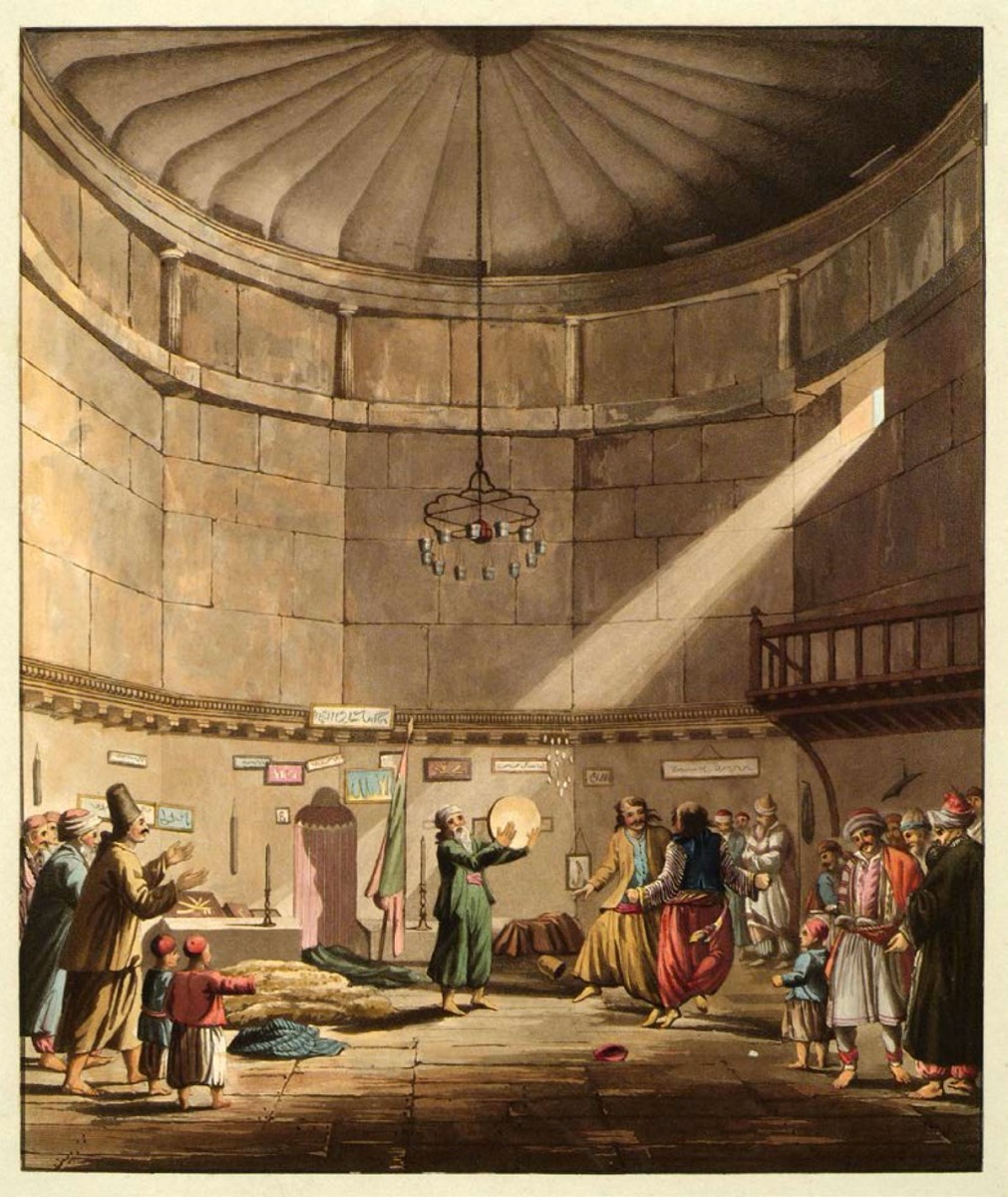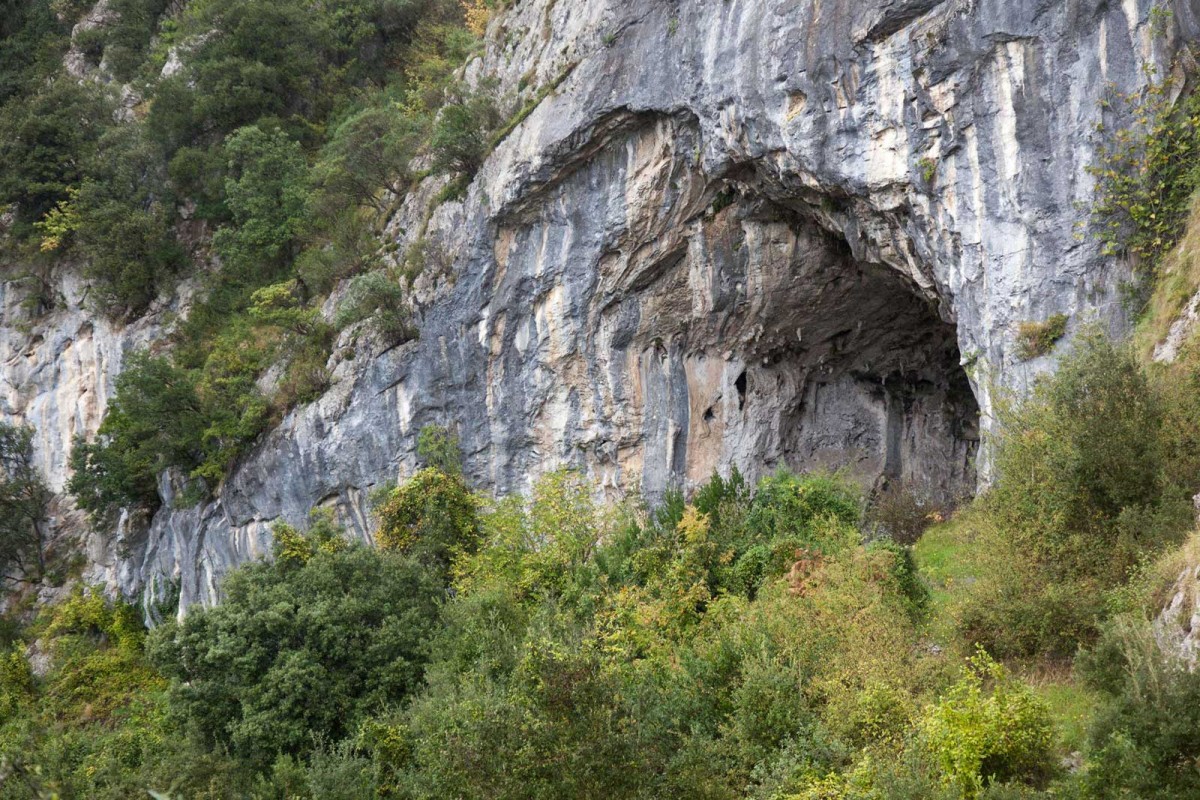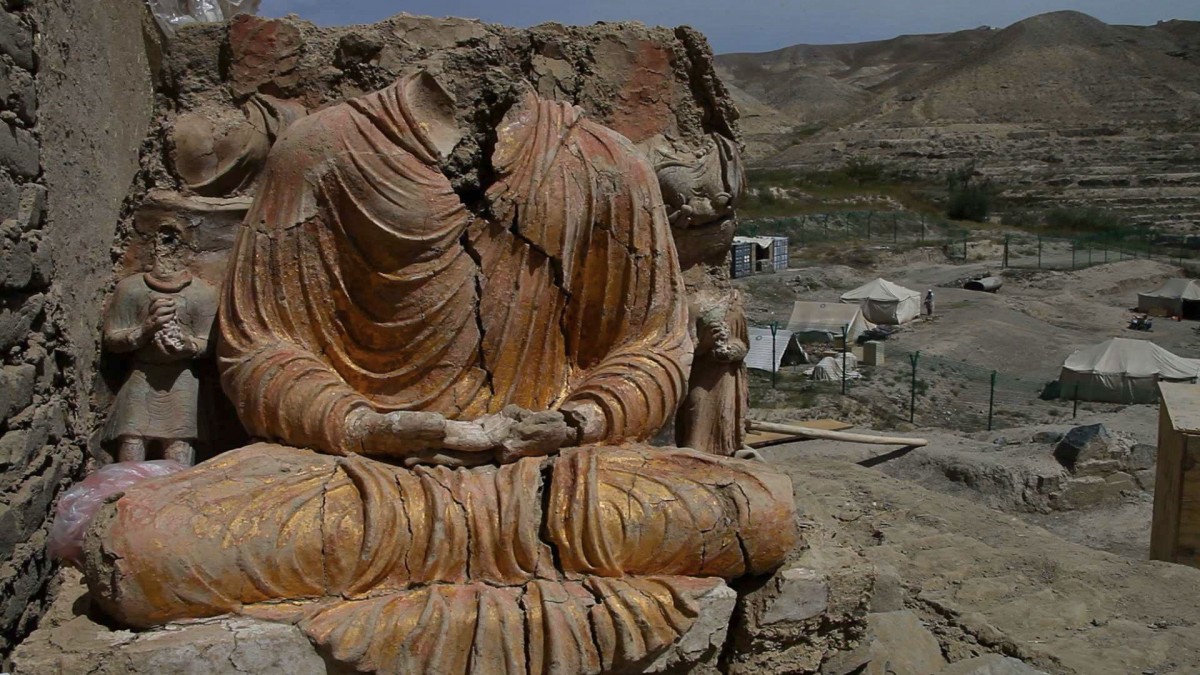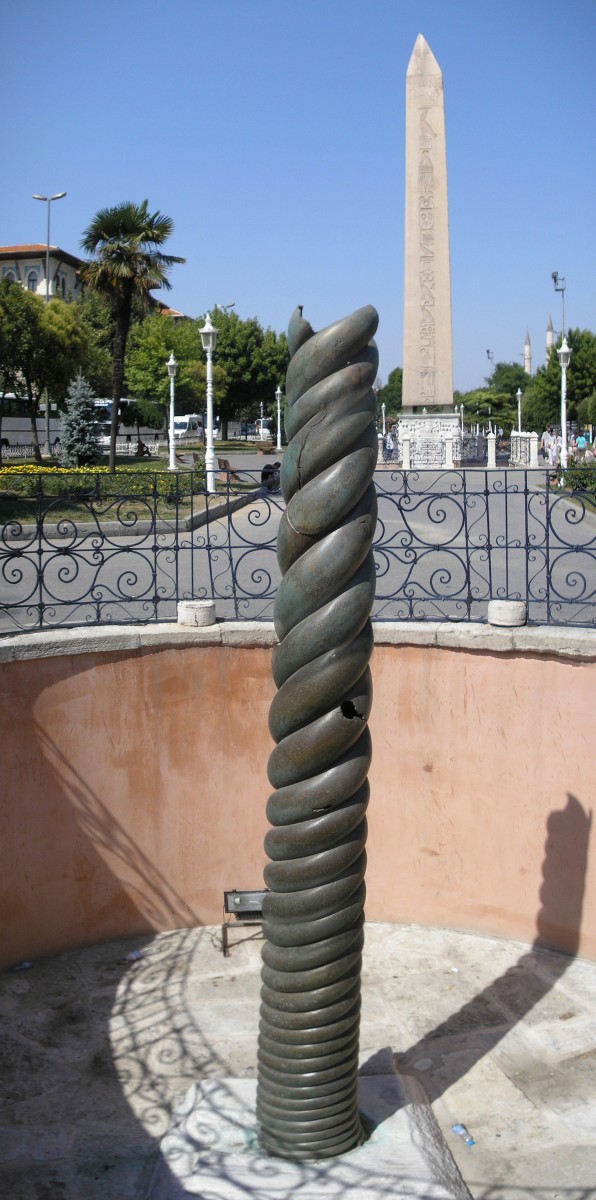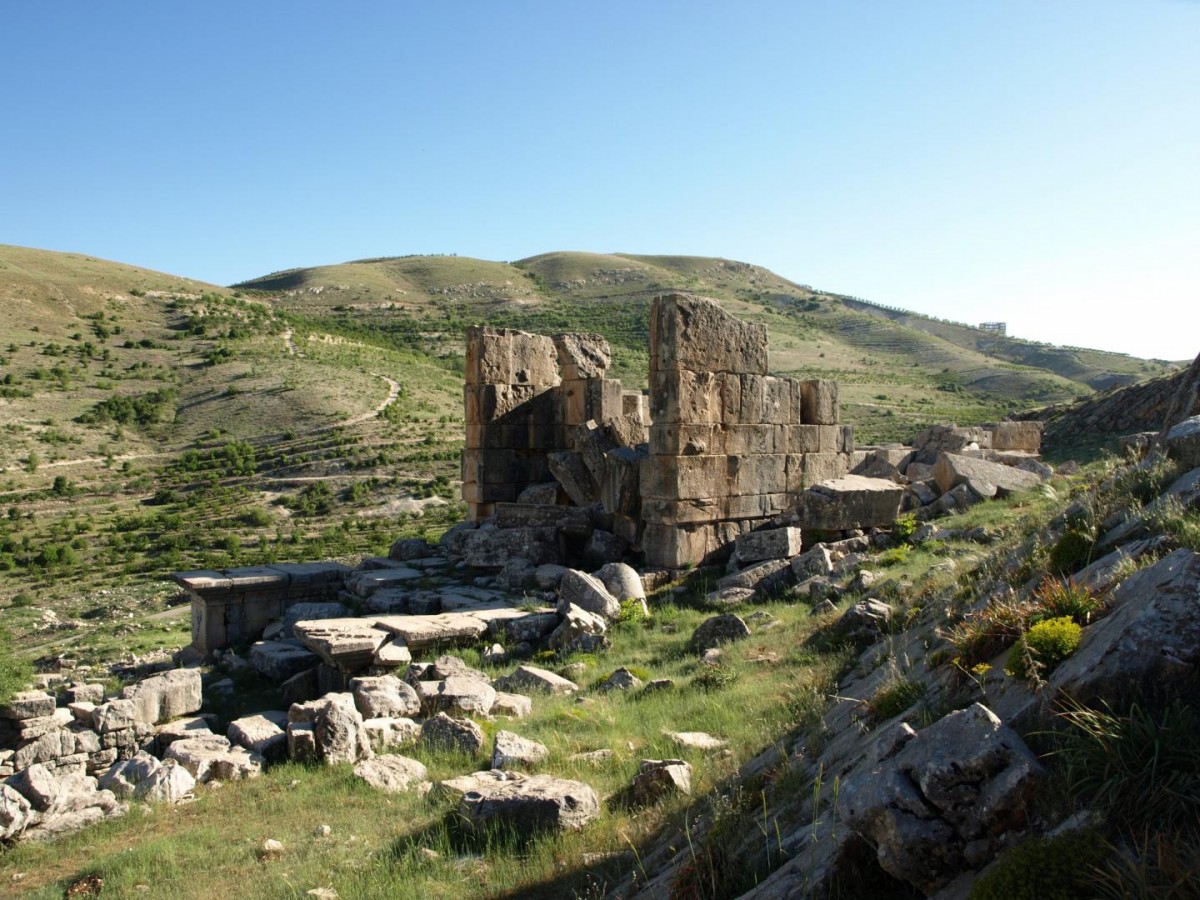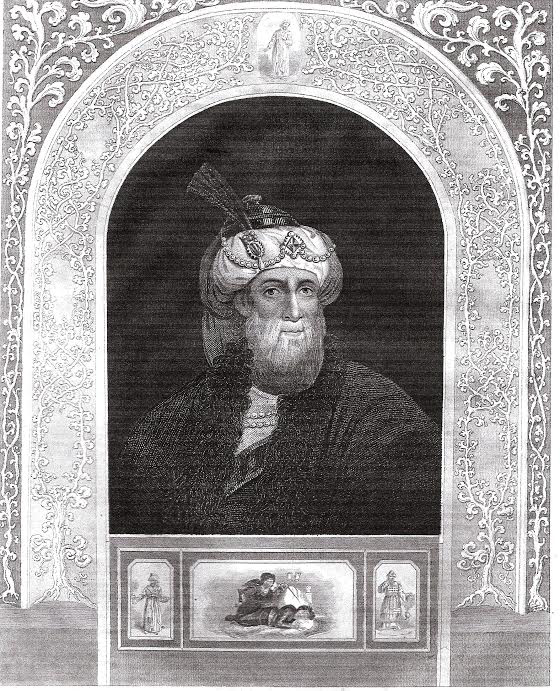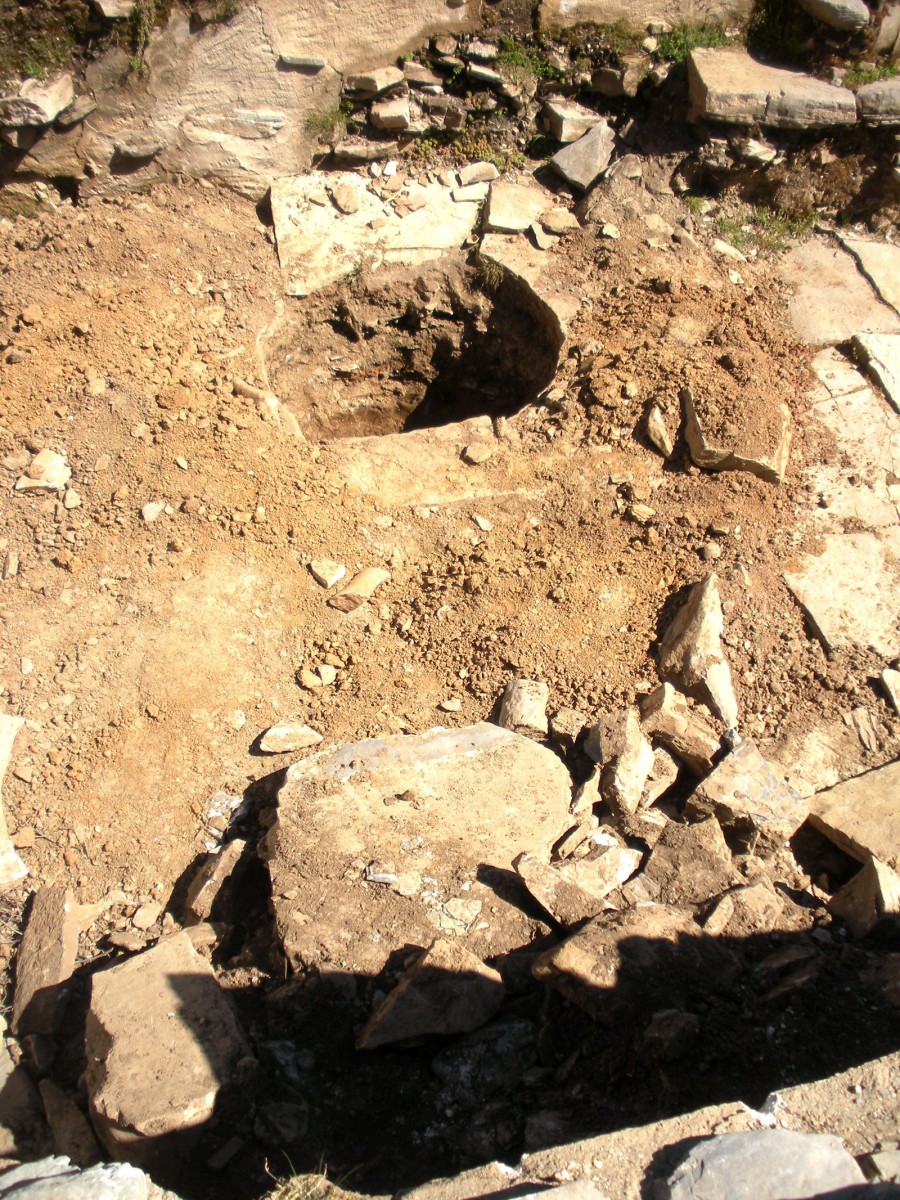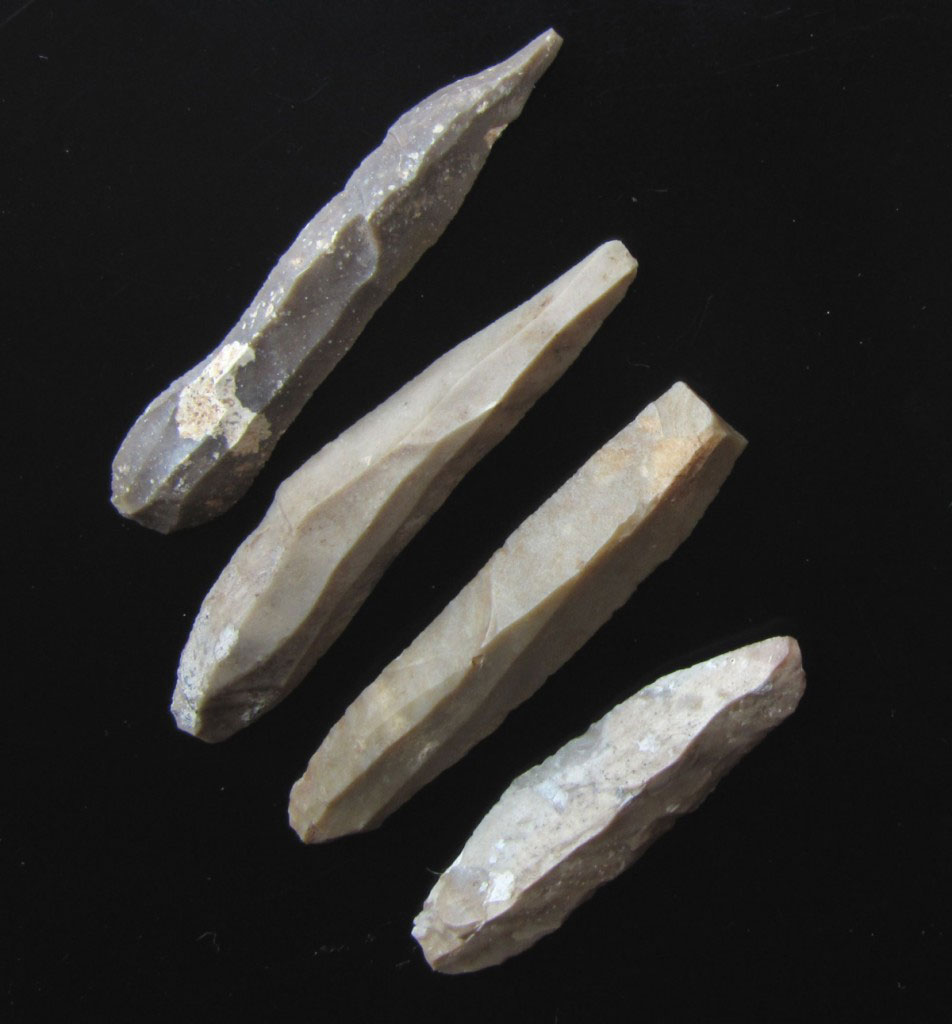Thracian stork toy found in the Rhodope Mountains
The strange Thracian bronze artifact found in the area of the southern town of Zlatograd in the Rhodope Mountains was characterized by Bulgarian archaeologists as “the oldest children’s toy in Europe”.
The “ancestral shape hypothesis”
Lower back pain may have ties to our last common ancestor, chimpanzees, according to Simon Fraser University post-doctoral fellow.
Ancient skeleton shows leprosy may have spread to Britain from Scandinavia
An international team, including archaeologists from the University of Southampton, has found evidence suggesting leprosy may have spread to Britain from Scandinavia.
Iconography and Agency in the Mycenaean Era
How did an iconography originate and crystallize in the society we call Mycenaean? Fourth seminar in the series 'Greek Iconographies' by Jim Wright.
Another three years for the Grand Egyptian Museum
According to an announcement made by the Egyptian Minister of Antiquities Mamdouh al-Damaty at the opening of the first International Tutankhamun Conference organized by the Grand Egyptian Museum, the museum will be partially opened by May 2018.
6,000 looted antiquities reclaimed by Syrian authoritied
Syrian authorities confiscated and reclaimed 6000 pieces of looted antiquities trafficked by the terrorist organizations during the past period.
Feathered fossils from China reveal dawn of modern birds
The Archaeornithura meemannae lived roughly 130.7 million years ago in northeastern China, about 6 million years before the previously thought origin of modern birds, according to a paper published in Nature Communications.
Nea Paphos: 50 Years of Polish Excavations, 1965-2015
Exhibition presenting to the public, for the first time, a large part of the results of half a century of archaeological investigations of the Polish archaeological mission in the city of Paphos.
Hanuman statue to be repatriated after all
The Cleveland Museum of Art announced that it voluntarily returned a 10th century Cambodian stone sculpture of Hanuman to the Kingdom of Cambodia.
Early Cycladic Sculpture in Context from Beyond the Cyclades
Conference to be held at the Archaeological Society at Athens on the 25th and 26th of May.
Djehutyhotep tomb has fallen victim to looters
The tomb of Djehutyhotep in Deir el-Bersha, famous for its scene of a colossal statue being dragged by ropes, got looted ten days ago.
It takes a village to raise a child
University of Utah anthropologist Karen Kramer explores the moment when ancient societies adopted the practice of 'taking a village to raise a child' in research published in the Journal of Human Evolution.
Exhibition “from the storage rooms”of the Lemesos Archaeological Museum
The most important and attractive areas of a museum are its storage rooms... An exhibition at the Archaeological Museum of Lemesos (Cyprus).
Large scanning project reveals animal mummy “scandal”
More than 800 mummies, ranging from cats and birds to crocodiles, have so far been analysed using X-rays and CT scans during a large scanning project at Manchester Museum and the University of Manchester.
Scandinavian trade ‘triggered’ the Viking Age
New study shows that the early Vikings from Norway had access to large quantities of reindeer antlers and sold them to craftworkers in Southern Scandinavia.
Strange Itineraries
The Onassis Cultural Centre-Athens in collaboration with Big Olive (bigolive.org) invite you to a walk in the footsteps of European travellers who were captivated by Athens before and after the struggle for Independence.
Traces of flowers on Red Lady’s tomb
The UPV/EHU-University of the Basque Country researchers Maria José Iriarte and Álvaro Arrizabalaga have published a paper in the Journal of Archaeological Science monograph on the burial of the Red Lady in Cantabria.
Save Mes Aynak
"The time to act is now. My fear is that we'll all gasp in horror when the Mes Aynak site is destroyed but won't do much when there was actually time to save it." - Brent Huffman, Director of "Saving Mes Aynak".
The “Serpent Column” will once again adorn Delphi
A replica of the famous sacrificial tripod dedicated to Apollo to commemorate the Greeks who fought and defeated the Persian Empire at the Battle of Plataea (479 BC) will be place in the archaeological site of Delphi.
Heritage destruction as an archaeological opportunity?
Researchers say it is possible to obtain a great deal of original and important information from sites that have suffered badly through conflict.
The Western Traditions of Ancient History
Since the 18th century the study of Ancient History has centred around two separate concepts, imperialism and liberty, as Professor Oswyn Murray (University of Oxford) will explain in the presentation of his paper "The Western Traditions of Ancient History", at the British School at Athens, next Monday.
Ancient Zominthos: Restoration after illegal digging
Restoration of the damages caused by looters at the Zominthos archaeological site on Mount Psiloritis on Crete have begun on Monday. As announced by the Hellenic Ministry of Culture, the site was vandalized.
Αegean and Cypriot trade in the 2nd millennium BC
Cyprus Seminar by Nikolas Papadimitriou (Museum of Cycladic Art).
Human hunting weapons may not have caused the demise of the Neanderthals
Technological innovation may not have led to the colonization of Europe by anatomically modern humans, suggests new study.
